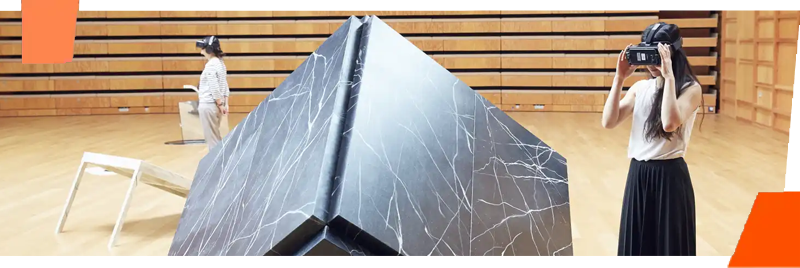
A consortium of telecoms companies and academic institutions, led by the University, has achieved speeds of up to 5Gbps in a 5G test environment in a significant step towards the delivery of the next generation of high-speed mobile networks.
A consortium of telecoms companies and academic institutions, led by the University of Kent, has achieved speeds of up to 5Gbps in a 5G test environment in a significant step towards the delivery of the next generation of high-speed mobile networks.
The experiment was part of the iCIRRUS (intelligent Converged network consolidating Radio and optical access aRound USer equipment) project that is designed to test technologies required to deliver future high-speed mobile networks. It is funded by the EU’s Horizon 2020 programme.
The consortium has been a global pioneer in the use of Ethernet in the fronthaul segment of a mobile access network where mobile signals are received at antennas and sent to fixed base station terminals.
In the test environment, based at the headquarters of iCIRRUS partner Telekom Slovenije, the team were able to demonstrate transfer rates of 100Gbps in the fronthaul network using the technology it has developed.
This technology was then able to deliver speeds of up to 5Gbps to end user devices in a 5G-type network, proving the system the consortium has designed is able to comfortably handle the huge amount of data being received at the fronthaul network before passing it to fixed backhaul fibre networks. The technology could also be used for 4G services as well giving it backwards compatibility to existing networks.
Kent’s involvement in iCIRRUS is led by its School of Engineering and Digital Arts. As well as Telekom Slovenije, the other partners in the consortium include Adva Optical Networking, Heinrich Hertz Institute and IAF from Germany, operators Orange from France and Primetel from Cyprus, cloud service provider Wellness Telecom from Spain, and the University of Essex and Viavi Solutions from the UK.
A video of the wider iCIRRUS project can be watched here.




